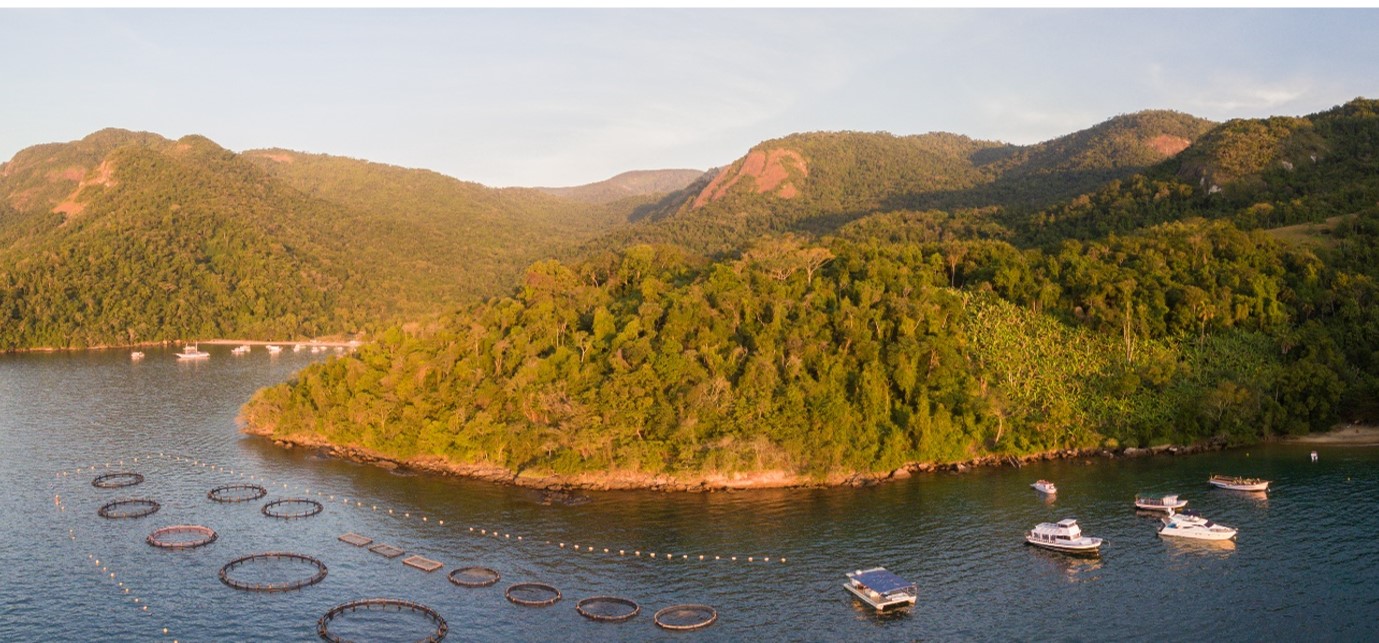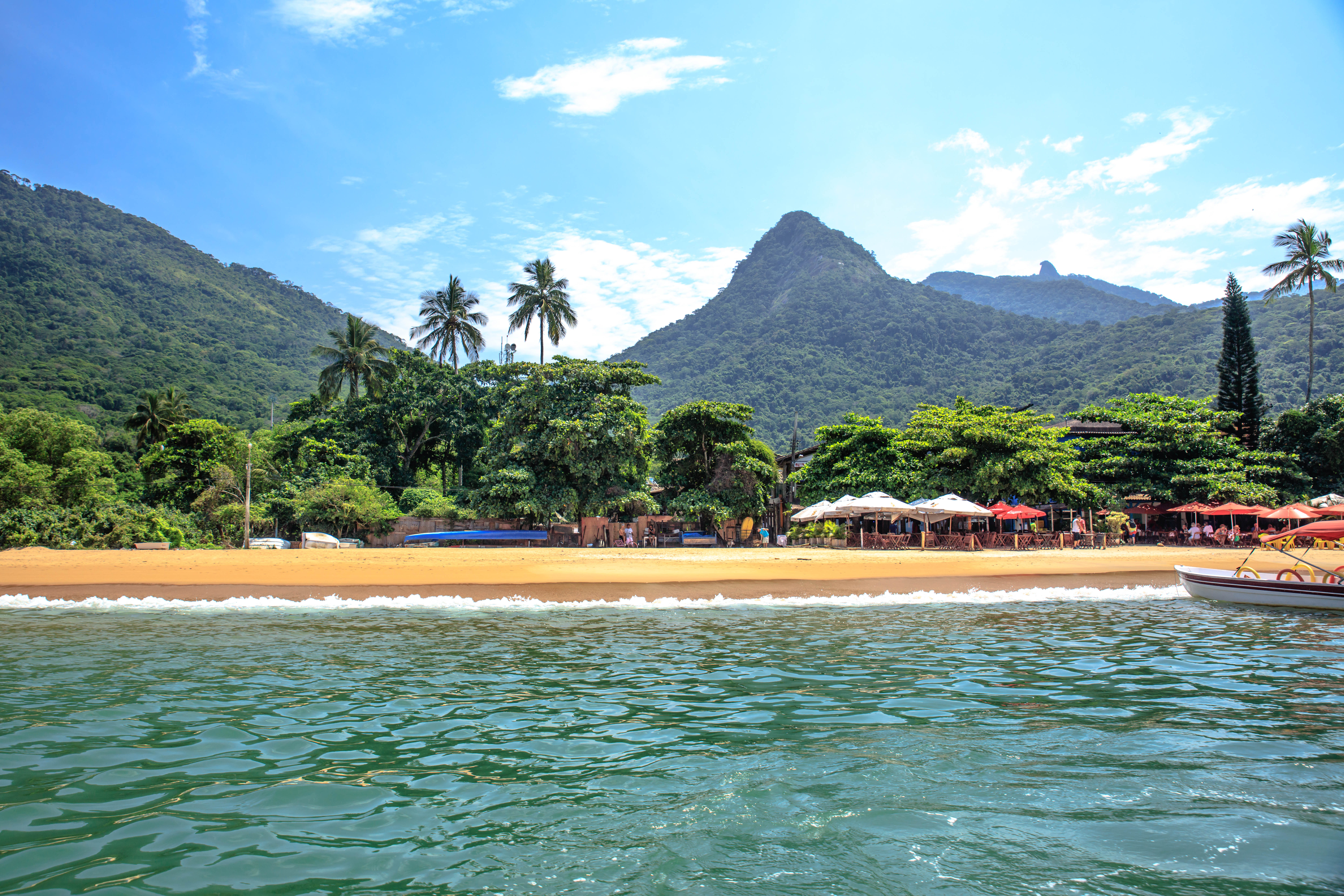BIG solutions to local challenges in Brazil

Brazil’s Ilha Grande Bay in the state of Rio de Janeiro is home to one of the world’s most unique ecosystems of marine and terrestrial biodiversity. But local populations, industry and tourism have exerted great pressure on the ecosystem. Safeguarding this area – on which so many depend – is essential.
The BIG 2050 Initiative was born to do just that, by bringing together local stakeholders to preserve the mangroves, rocky coastlines and 189 islands. The Initiative identifies environmental threats and encourages the local community to propose and adopt solutions that promote conservation and ensure decent work and grassroots entrepreneurship.
FAO began working in 2012 with the Global Environmental Facility (GEF), the State Institute of the Environment (INEA) and various stakeholders, including universities, foundations and development funds, to revise and redefine the various mechanisms to preserve the bay’s management and conservation.
Mobilizing a community
The Initiative’s monitoring system, known as Radar BIG, provides a platform for stakeholders, including environmental authorities, civil society organizations and the private sector, to identify pressure points and propose solutions.
According to Marie Ikemoto from INEA, “the system analyses the quality of ecosystem services to understand the threats and pressures to which it is subject and then invites society as a whole to collaborate in finding solutions.”
Marcello Broggio, an FAO project task manager, said that “by facilitating the exchange of knowledge and encouraging innovation, the Initiative has succeeded in creating social awareness around the issues behind the conservation of the bay's ecosystem, while stimulating individual and collective creativity to tackle environmental challenges and promoting networking and public-private synergies.”
The assessment from Radar BIG at the end of each monitoring cycle helps define targets to improve the environmental health of Ilha Grande Bay.
Monitoring in 2018, for example, identified pollution and contamination in the marine environment as the region’s main environmental health concern. It found that the ecosystem over time is increasingly unable to dilute pollutants, like sewage water.
Encouraging innovation
Once such issues have been identified, solutions need to be sought. That’s where the BIG CHALLENGE comes in. The mechanism calls for proposals from local stakeholders and invests in creative and transformative environmental innovations. Last year alone, the BIG CHALLENGE supported 11 initiatives by assisting in developing business plans and training, for instance.
One recent initiative was on boat management. More than 10,000 vessels circulate the bay annually alongside large fishing fleets. Each ship leaves a substantial oil footprint on the water.
Through the BIG CHALLENGE, one local stakeholder developed a device to separate and retain the oil from small vessels – an inexpensive and easy solution. One local municipality, aware of the threats posed to ecosystem services and tourism, made the installation of the device on boats under 500 tonnes mandatory. Two more municipalities plan to follow suit.
Similarly, the Initiative has introduced new practices to add commercial value to fish waste like bones and skin. The transformation of the waste into quality raw material, silage and fish feed has given local fishing communities an additional revenue source.

A sustainable legacy
Although the project finished, BIG 2050 is alive and well. FAO, INEA and the University of the State of Rio de Janeiro have signed a technical cooperation agreement guaranteeing the continuation of the Radar BIG monitoring mechanism. The mechanism, now institutionalized, is managed by INEA.
According to Marcos Bastos, professor of oceanography at the State University of Rio de Janeiro, “the results to date have been positive, as measured indicators show the bay is in generally good environmental health; however, we will have to continue working to maintain these results.”
Tiago Rocha, the FAO project manager, added that in order to “manage an ecosystem in an integrated and sustainable manner, we needed a long-term mechanism, which is why we launched the BIG 2050 Initiative.”
Big 2050 is an excellent example of collective action. Its continuation – especially Radar BIG – means that Ilha Grande Bay is in good hands.
BIG 2050 contributes to the Sustainable Development Goals 6 on clean water and sanitation, 11 on sustainable cities and communities, 12 on responsible consumption and production, and 14 on life below water.
